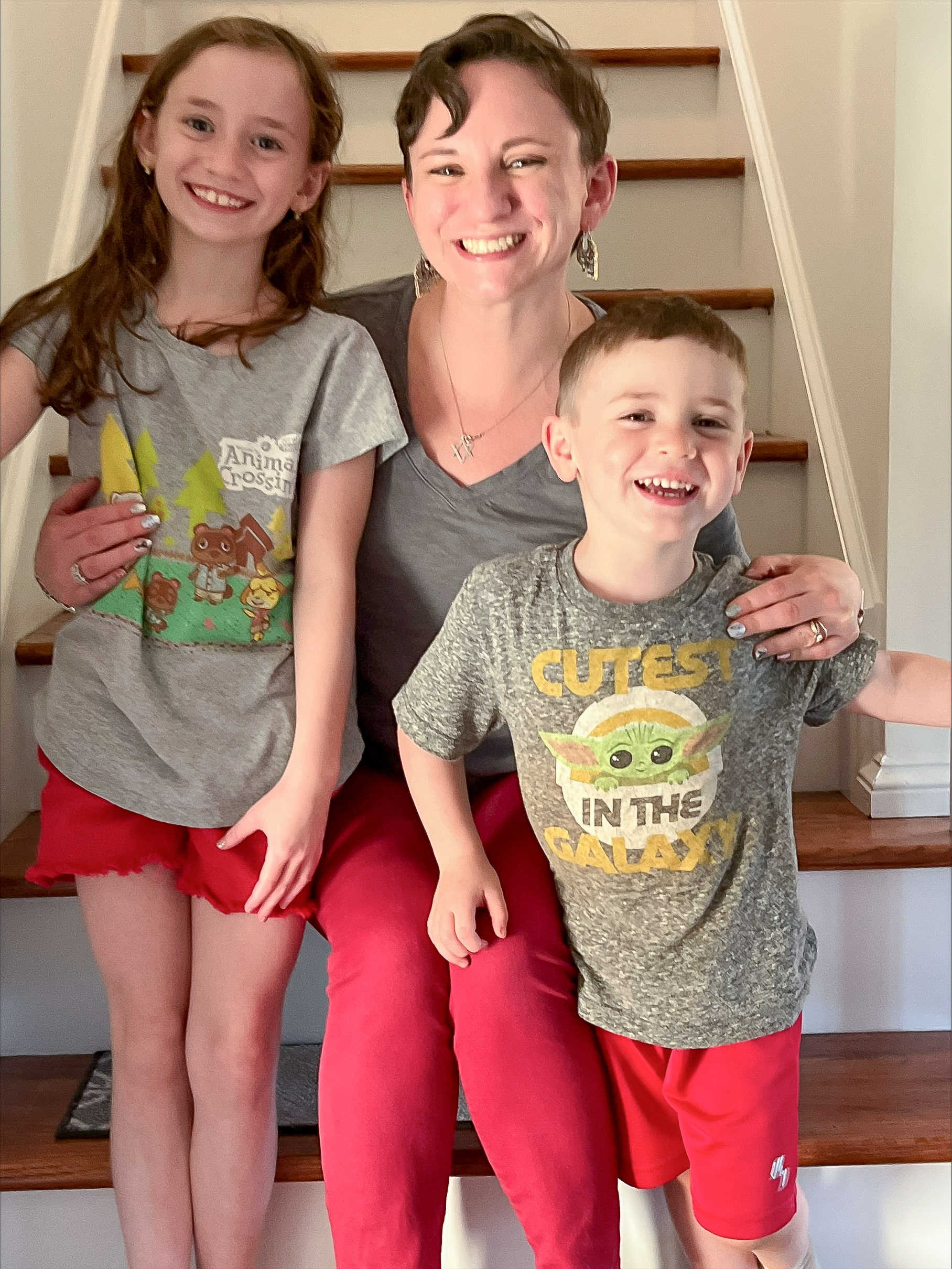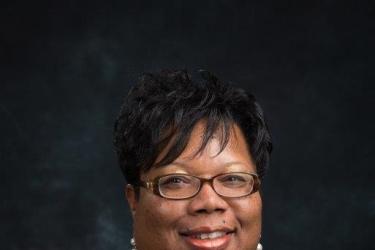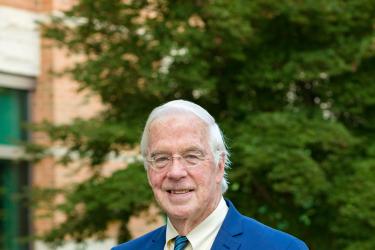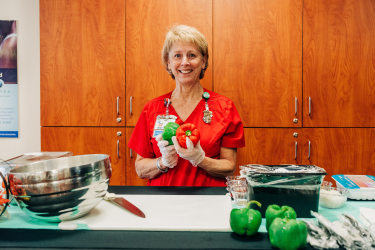Two surgeons are carrying out Centra’s vision of pursuing excellence, inspiring hope and advancing health and healing by offering an innovative procedure to women who must undergo mastectomy and breast reconstruction surgery.
A little over a year ago, Dr. Henry Wilson, who is a plastic and reconstructive surgeon at Centra’s Plastic Surgery Center, became aware of nipple nerve re-sensation surgery through connections that he has in the medical community. After learning more about the procedure and the success that other surgeons had performing the surgery, he approached Dr. Peter Ploch, the director of General Surgery at Centra Lynchburg General Hospital (LGH) about partnering with him to offer the surgery. The two surgeons had worked together in years past to offer an advanced type of mastectomy, called nipple sparing mastectomy, and they decided that this was the next innovation that could offer to patients at Centra.
The nipple nerve re-sensation provides a way to preserve breast sensation in women despite their breasts being removed and reconstructed. During the mastectomy as breast tissue is removed, Dr. Ploch identifies and preserves the lateral fourth intercostal nerve. This step adds anywhere from a few minutes to upwards of 30 minutes to the procedure. Through the utilization of a nerve allograft which comes from a nerve donor, the patient’s preserved nerve is a provided a conduit to grow towards the nipple. The nerve usually grows at a rate of one millimeter per day. Once it reaches the underside of the nipple within the reconstructed breast, the nerve surpasses the length of the conduit and branches out. Dr. Wilson completes the insertion of the nerve allograft during the breast reconstruction portion of the surgery which can add anywhere from 30 minutes to over an hour to the surgery.
The re-sensation procedure must be performed at the same time the mastectomy and breast reconstruction are being performed because that is the only time that Dr. Ploch and Dr. Wilson have access to the patient’s existing nerves. The original nerves can be challenging to find and are quite small. They can range from five millimeters to three centimeters in length. Additionally, the longest available nerve allograft is only seven centimeters long.
Dr. Wilson utilizes fibers to post-operatively evaluate the re-sensation surgery’s success. Some of the test fibers are as thick as angel hair pasta and others are as thin as the hairs someone would find on the back of their hand. The patient’s skin is individually grazed with each of the various fibers, and they answer whether they can feel the fibers. Typically, the patient’s sensation returns over time and the strength of sensation varies by patient. All of Dr. Wilson and Dr. Ploch’s patients have experienced some level of returned sensation since having the procedure, but those whose surgery was six months ago or more have experienced the most return of sensation.
Centra is one of the only healthcare systems in the United States that offers this procedure to mastectomy and breast reconstruction patients. Dr. Wilson shared that to be able to successfully implement the procedure the doctors performing the surgery must already have a track record of successful results in terms of how the breast reconstruction looks and that there must already be a low post-procedure infection rate. The ideal candidate for this surgery is someone who has a lack of excess skin around their breasts, who does not have droopy or large breasts (due to the allograft nerve’s limited length), whose cancer is not too close to their nipple and who is not a smoker or diabetic.
Despite the challenges and additional time that this procedure can add to mastectomy and breast reconstruction surgery, Dr. Ploch and Dr. Wilson have found that the breast re-sensation takes the surgery’s results to the next level because it helps women to not only have a restored appearance but also restored feeling. Receiving this procedure can be the difference between being able to feel the hug of a loved one and not being able to fully experience a warm embrace. In the words of Dr. Ploch, “cancer takes away a lot, but because of this surgery, this is one less thing that it takes away.”




